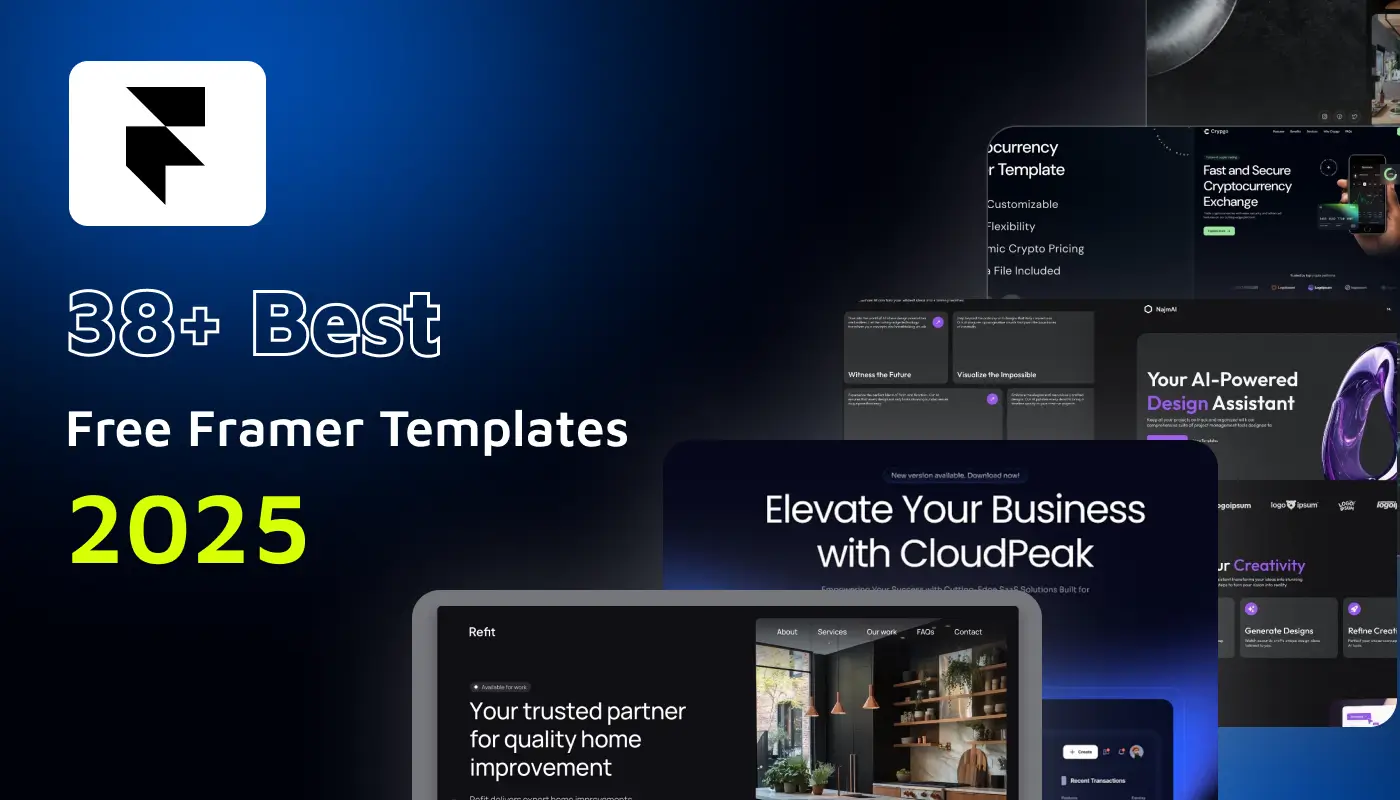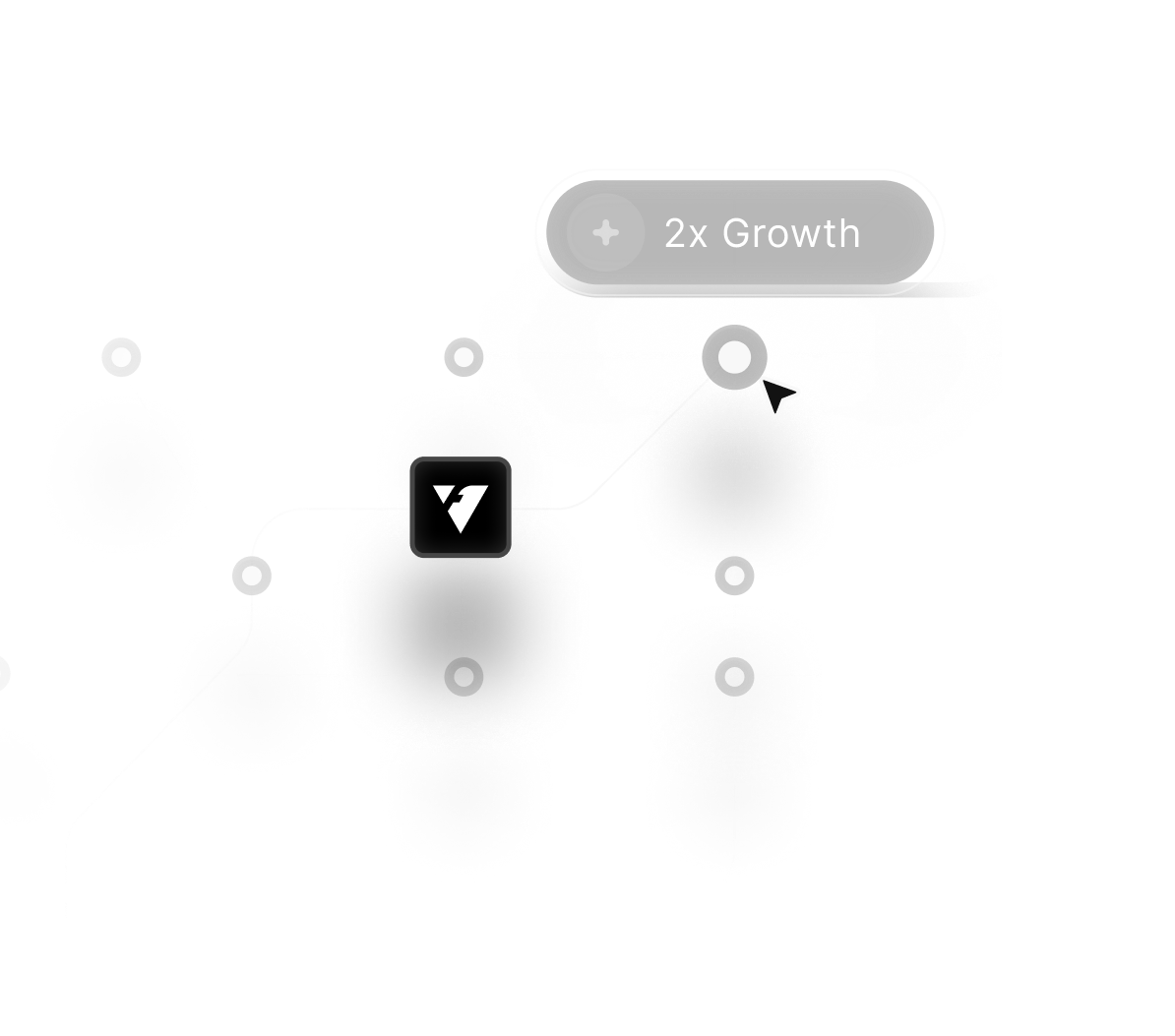November 18, 2025
Choosing the Right Website Platform | Why Your Project Depends on It

Smart selection of a website platform influences how well your digital presence delivers results today and continues scaling over time.
Strong foundations begin by understanding what your business truly needs - speed, scalability, customization, or marketing flexibility. Your decision influences how teams collaborate, update content, and integrate new digital components as the project evolves.
Different platforms offer unique advantages, making it essential to align technology choices with your overall business direction. User expectations continue rising, placing pressure on brands to deliver fast, engaging, and well-structured digital experiences.
Management workflows must remain clear and predictable, allowing non-technical teams to handle updates without unnecessary complexity. Design capabilities often determine how creatively your brand can express itself across layouts, visuals, and interactions.
Performance plays a major role because slow websites lose visibility, reduce conversions, and weaken customer trust. SEO structure also depends heavily on your platform’s tools, markup quality, and ability to implement technical optimizations.
Strategic choices position your project for long-term relevance, making it adaptable and consistent with upcoming industry trends.
"Push your digital strategy forward.
Book a platform-selection call for expert help."
Table of Contents
- What Most Clients Get Wrong About Website Platforms?
- Shopify Done Right
- Where Webflow Shines
- When WordPress Is Still the Best
- Framer for Lean Projects
1. What Most Clients Get Wrong About Website Platforms?

One of the biggest misconceptions I see is clients choosing a platform based on what they’ve heard, not what their project actually needs.
They might walk in with a WordPress request because it’s popular. Or someone told them Shopify is the go-to. But here’s the truth: no single platform is right for everything. Each platform is built with specific use cases in mind.
If the scope of your project doesn’t match the strengths of the platform, things get messy—fast. You end up using dozens of plugins, facing performance issues, or struggling with updates and maintenance.
Let’s walk through four real examples I’ve encountered, and how the right platform made all the difference.
2. Shopify Done Right

A client came to me wanting a full-featured e-commerce store. Their list included:
- Product catalog with variants
- Discount codes and promotions
- Customer login and order tracking
- Integration with Klaviyo and fulfillment tools
- Support for subscriptions and loyalty programs
Sounds like Shopify, right? You’d be surprised how often this kind of request comes in as a WordPress project. But here's the deal:
If your entire business revolves around selling products, you need a platform built for e-commerce. Shopify gives you everything out of the box: secure checkout, inventory tools, POS support, multi-currency, and more. And you’re not stitching together 12 plugins to get there.
Bottom line: Shopify is made for scale and simplicity in e-commerce. Don't force an e-commerce dream into a general-purpose CMS.
3. Where Webflow Shines

This project came from a fast-scaling SaaS startup. They needed:
- A sleek, modern marketing site
- CMS collections for testimonials, FAQs, blog posts
- On-brand animations and interactions
- Easy content editing for their marketing team
- Seamless form automation with Zapier
They initially thought of using WordPress—but this was clearly a Webflow job.
Webflow offers full visual design control, a powerful built-in CMS, and flexible integrations without plugin bloat. It's fast, SEO-friendly, and scalable. Plus, your marketing team doesn’t need a developer every time they want to change a landing page.
For marketing sites, especially in SaaS or content-focused businesses, Webflow hits the sweet spot between design freedom and system stability.
4. When WordPress Is Still the Best

A lot of people think WordPress is outdated or overcomplicated. But for some scopes, it’s still the best choice.
This client needed:
- A full-featured blog with categories and tags
- User role management
- WooCommerce for basic e-commerce
- An LMS for online courses
- Integration with tools that only support WordPress
They were leaning toward Webflow because of the design control. But in this case, the features clearly leaned toward WordPress.
If your project needs complex backend logic, custom plugins, LMS tools, or multilingual support—WordPress is unmatched in terms of flexibility. Yes, it needs care and maintenance, but when scoped correctly, it can handle incredibly complex builds.
Just remember: it’s powerful, but not plug-and-play. Make sure your team or agency has the experience to keep it optimized.
5. Framer For Lean Projects

Not every website needs a CMS, e-commerce, or complex logic. Sometimes a simple site done well is all you need.
This client was a solo creator launching a personal brand. Their needs:
- Clean design
- Simple pages like Home, About, Contact
- A blog
- Light animations and responsiveness
- Easy content editing
They were considering WordPress - totally overkill. This is where Framer shines.
Framer is perfect for fast, visual site creation. It’s intuitive, looks great out of the box, and doesn’t require developer knowledge. For creators, small businesses, or MVPs, it delivers beauty and speed with almost no friction.
Conclusion
Platform decisions remain one of the most influential steps in shaping long-term website success. Clear expectations help narrow options that match your goals, audience behavior, and scalability demands.
Good choices lead to smoother workflows, efficient updates, and reduced development friction across teams. Performance gains often come naturally when the platform aligns well with design structure and content flow.
SEO benefits also increase when your chosen system supports clean code output and customizable markup. Consistent management becomes easier when platforms empower teams instead of limiting creativity or flexibility.
Stronger outcomes follow when your platform supports both innovation and predictable content operations. Thoughtful decisions ultimately ensure your website remains stable, fast, adaptable, and prepared for future challenges.

FAQ
1. What determines which platform is best for a project?
Your needs around design freedom, speed, integrations, and team workflows shape the ideal choice.
2. How do platforms impact SEO performance?
Their code quality, structured tools, and flexibility significantly influence your search visibility.
3. Why do businesses struggle to pick a platform?
Too many options make it difficult to match features to long-term growth or technical needs.
4. Where do performance differences usually show up?
Load times, interaction smoothness, and responsiveness vary widely across platforms.
5. Who should help decide on a platform?
Professionals familiar with multiple systems can evaluate needs and recommend optimal fits.
6. How often should platform choices be reviewed?
Periodic evaluations ensure your technology stack continues supporting your evolving goals.
Table of Contents
Choose Our Service, Grow Fast!
Follow Us
Related Posts

Explore 38+ free Framer templates for 2025 with updated designs. Create beautiful, fast, and fully cloneable websites that are SEO-friendly and easy to customize.
Framer’s marketplace offers over 2,000+ modern and fully customizable templates, making it easy to find the perfect starting point for your next website. This list highlights the #1 selected 38+ Free Framer templates for 2025, all handpicked for quality and performance."


December 5, 2025
Impactful hero videos guide viewers through energy and storytelling, while static imagery excels in simplicity, fast loading, and instantly communicating core brand value.
Impactful hero videos guide viewers through energy and storytelling, while static imagery excels in simplicity, fast loading, and instantly communicating core brand value.


Avoid costly SaaS errors with our guide to common mistakes and proven tips to boost product adoption, increase revenue, and enhance overall customer success.
Avoid costly SaaS errors with our guide to common mistakes and proven tips to boost product adoption, increase revenue, and enhance overall customer success.

Ready to Scale Your Project to the Next Level?
Let's take your project to new heights, reach out and see how we can help you.




















